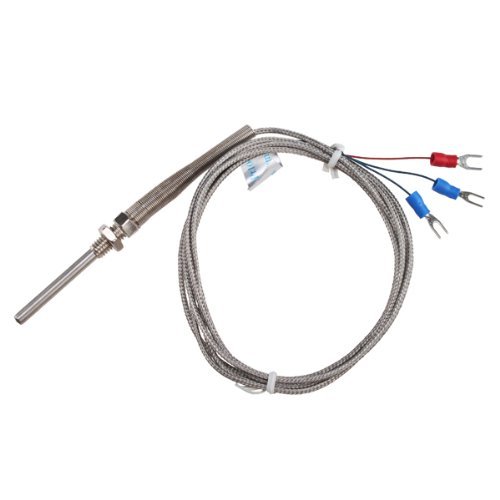daveMN
Well-Known Member
Comparing the price of the Hot Rod vs. BIAB and mounting an element in my BK, it's a wash (about $55 either way). I'll have to give that some more thought.
In the meantime, I got a free 100 CFM fan (an improvement over the current 0 cfm) and bought an Inkbird PID with SSR, heatsink, and thermocouple. With a 8"x12"x6" enclosure, that puts me at $64 to control my heating element, whichever way I decide to go.
In the meantime, I got a free 100 CFM fan (an improvement over the current 0 cfm) and bought an Inkbird PID with SSR, heatsink, and thermocouple. With a 8"x12"x6" enclosure, that puts me at $64 to control my heating element, whichever way I decide to go.




















![Craft A Brew - Safale BE-256 Yeast - Fermentis - Belgian Ale Dry Yeast - For Belgian & Strong Ales - Ingredients for Home Brewing - Beer Making Supplies - [3 Pack]](https://m.media-amazon.com/images/I/51bcKEwQmWL._SL500_.jpg)






































